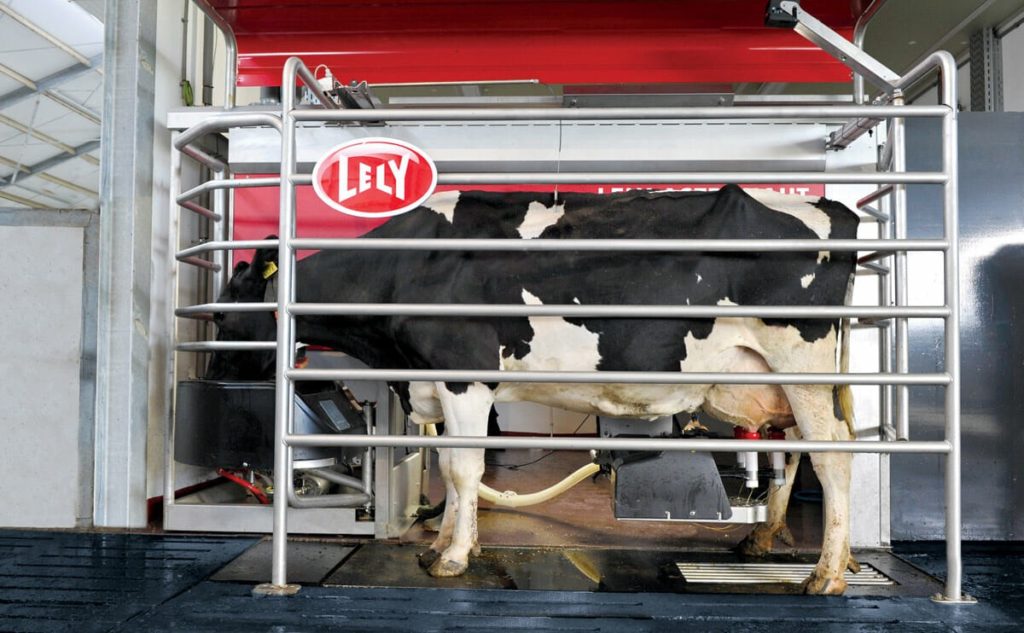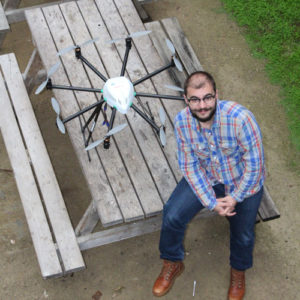
09 May Subclinical mastitis detection in cows
Dejan Pavlović
Junior Researcher, BioSense Institute
Mastitis is the inflammation of the mammary gland and udder tissue and it represents the most common disease in dairy cattle. It is also the most expensive disease to the dairy industry. Mastitis is caused by udder infections, usually resulting from bacteria introduced either during the milking process or from environmental contact. Intramammary infusion of antibiotics is the most common treatment of mastitis.
The diagnosis of subclinical mastitis is highly important in the dairy industry, given the fact that despite of the occurrence of the disease, the milk seems quite normal, and the cow’s udder appears as completely healthy. If the diagnosis is not established in time, subclinical mastitis can develop in a clinical stage within a short period of time or can be kept at the sub-clinical level, thus adversely affecting the production and quality of milk, and spreading infection to other animals within the herd. Due to decrease in milk production, quality and costs of antibiotic treatments it is highly important to detect mastitis in its early stage.

After each milking process, data are collected by various in-line sensors that are integrated into milking robot. Using the state-of-the-art milk component analysis, we are getting real-time information such as amount of lactose, fat, protein and blood in milk. Milk is analyzed during its flow through the sensor continuously collecting key data related to each cow. Sensors for measuring the electrical conductivity of milk are also installed within the milking robot. Electrical conductivity of milk is measured for each mammary gland individually, enabling accurate detection of mastitis at the gland level. Duration of the milking process, as well as the time passed since the last milking, are some of the additional information inside the milking database.

During the day, numerous measurements are carried out and a huge amount of information is stored at the farm level. On average, about 1500 samples are annually collected per cow, and the farms often have up to 1000 cows. Such data are non-informative, and it is very difficult to draw useful conclusions from that. Therefore, the application of advanced algorithms is necessary for the optimization and transformation of given data into a decision-making form. Application of „Big Data“ analitics and machine learning methods enables us to find hidden relationships between milk parameters and disease occurrence, thus making the data obtained from the sensor more suitable for detection of the disease.

We tested the application of Random Forest algorithm, Support Vector Machine algorithm and neural networks for the detection of subclinical mastitis from sensor data, where Random Forest algorithm proved to be the best option. Using this approach, we managed to detect subclinical mastitis with an accuracy of 90%. In the future work, the main goal is generalization of the model, improvement of algorithm robustness and increase of the detection accuracy.





















